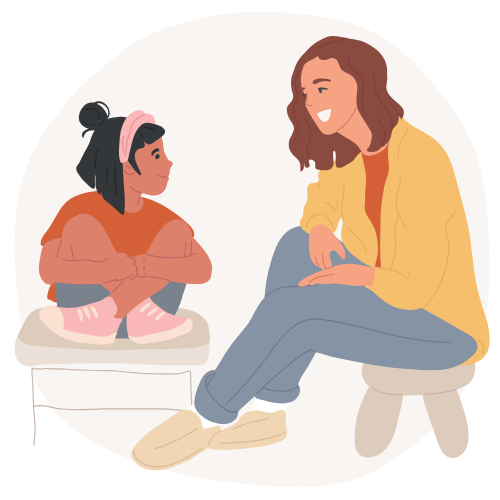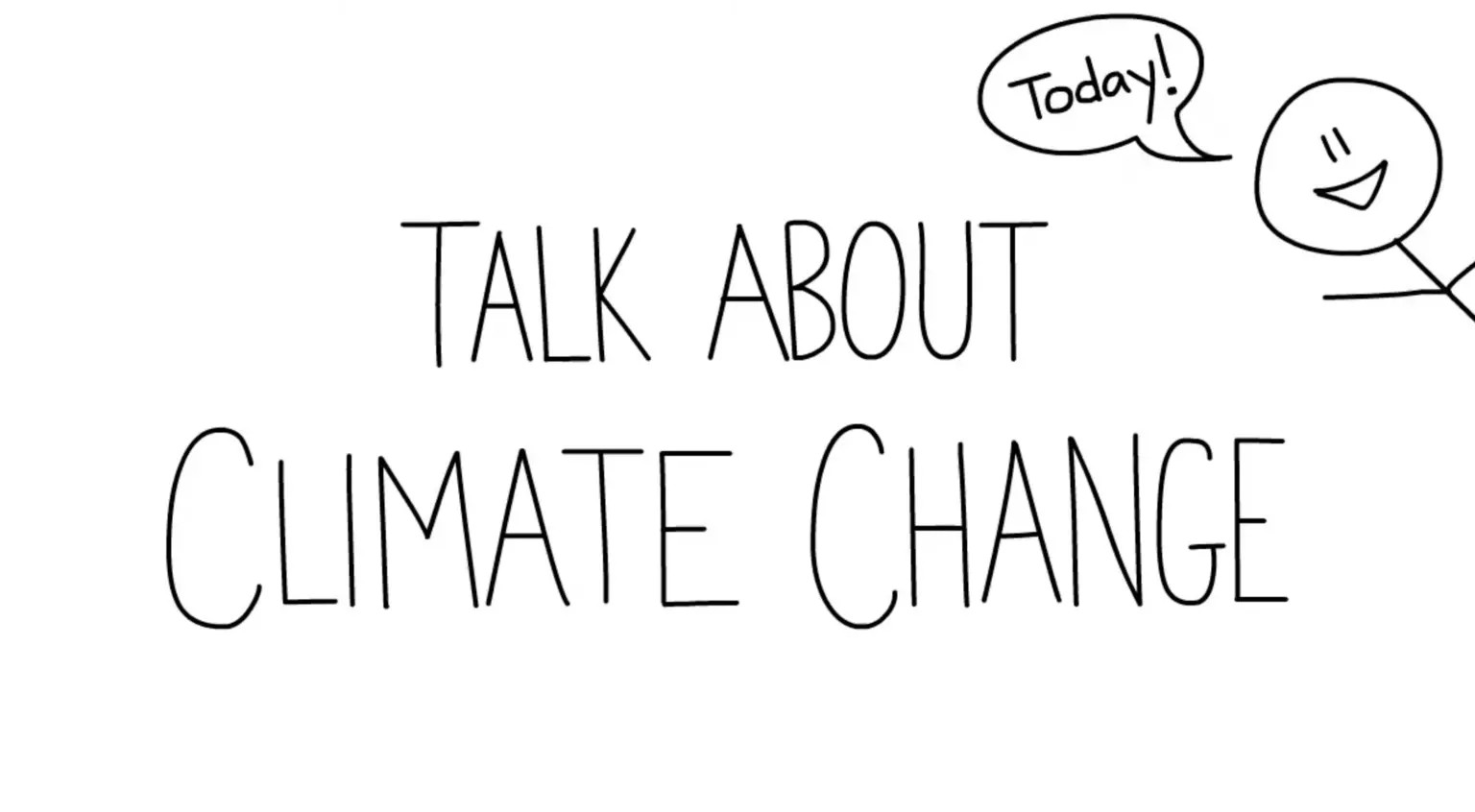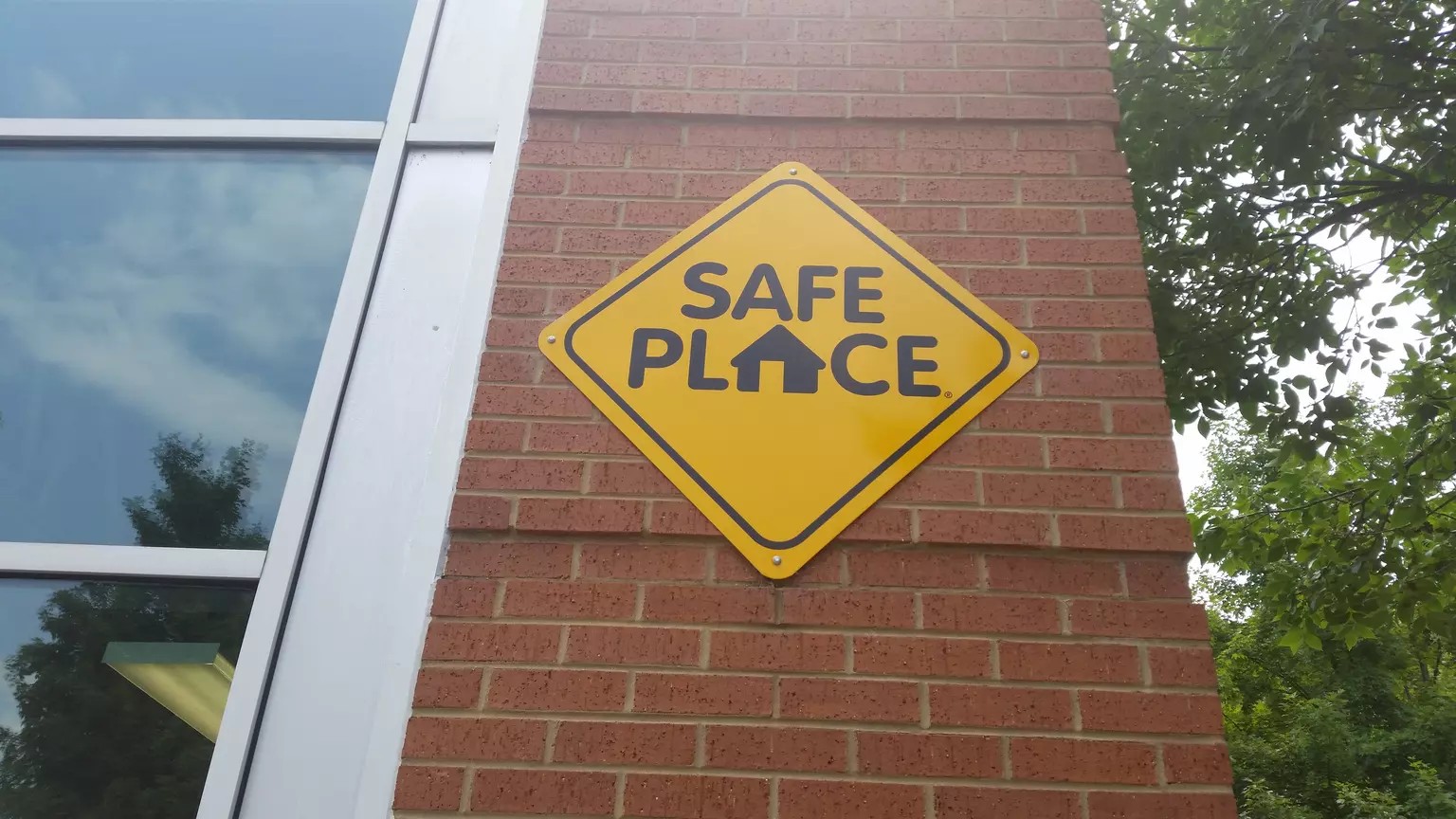 Climate Mental Health: Listen and Validate Feelings
Climate Mental Health: Listen and Validate Feelings
Many young people feel that they cannot talk about their concerns or anxiety about the impacts of climate change socially, leading to feelings of isolation and hopelessness. Nearly half (48%) of youth have been dismissed or ignored by other people when they try to talk about climate change. Over 60% of youth feel that their governments are failing them in not adequately addressing climate change, are misrepresenting the impacts of actions taken, and are dismissing people's distress. When teaching about climate change, one of the most important interventions that teachers and caregivers can employ to address climate-related distress is simply to create a safe space for youth to share and be heard. Include discussion and normalization of feelings about climate change. It is okay for people to be angry, grieving, anxious, and overwhelmed. Even feelings of denial or apathy are a normal part of the grieving process (see "Moving Through the Grief").


